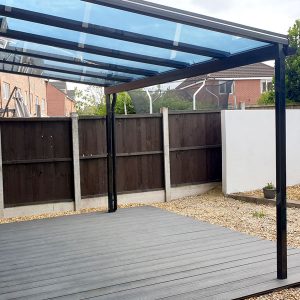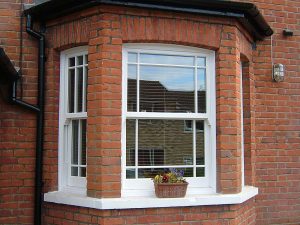French windows have been a popular design choice for homes, known for their elegance and ability to bring in natural light. However, when choosing new windows for your home, energy efficiency is a key factor. While French windows provide aesthetic appeal and brightness, many homeowners wonder if they can also be energy-efficient. This article explores how French windows contribute to energy efficiency and what factors to consider when selecting them.
Understanding French Windows
French windows, similar to French doors, are large, floor-to-ceiling windows that open outwards or inwards. Traditionally, they feature two panels that open from the centre, allowing plenty of ventilation and light into a room. These windows are often chosen for their beauty, as they offer unobstructed views and enhance indoor-outdoor flow. However, their large glass surface can raise concerns about energy loss, making it crucial to assess their energy efficiency.
Double or Triple Glazing Boosts Efficiency
One of the primary factors that impact the energy efficiency of French windows is the glazing. Modern French windows often come with double or triple glazing, which significantly boosts their energy performance. Double-glazed windows consist of two panes of glass with a layer of air or gas between them, while triple-glazed windows have three panes. This design helps to insulate your home, keeping heat in during the winter and out during the summer. If you live in a colder climate, triple glazing provides even more insulation, making French windows more energy-efficient.
Frame Materials Matter
The choice of frame material plays a significant role in determining the energy efficiency of French windows. Traditional wooden frames offer natural insulation but may require more maintenance over time. On the other hand, uPVC and aluminium frames provide better energy efficiency due to their low conductivity and durability. uPVC frames, in particular, are popular for their affordability and insulation properties. Meanwhile, modern aluminium frames, often thermally broken, minimise heat transfer, making them highly energy-efficient while offering a sleek, contemporary look.
Low-E Glass Enhances Performance
Low-emissivity (Low-E) glass is another key feature to consider when assessing the energy efficiency of French windows. This type of glass has a special coating that reflects heat while allowing light to pass through. In winter, Low-E glass helps keep heat inside your home, while in summer, it prevents excess heat from entering. As a result, you can maintain a comfortable indoor temperature without over-relying on heating or cooling systems, reducing your energy bills in the process.
Weather Seals and Insulation
Proper insulation and weatherproofing are essential for maintaining the energy efficiency of French windows. Weather seals around the frames prevent drafts from entering your home and stop conditioned air from escaping. High-quality weather seals and gaskets ensure a tight fit when the windows are closed, helping to eliminate energy loss. Additionally, insulated window frames can further enhance performance by reducing thermal bridging, which is the transfer of heat through the window’s materials.
Reducing Solar Heat Gain
While French windows allow natural light to flood into your home, they can also increase solar heat gain, particularly in summer. Excessive heat from sunlight can cause your home to overheat, forcing you to rely on air conditioning. To counter this, you can use specialised coatings on the glass or install blinds and curtains to control the amount of sunlight entering your home. Combining these methods helps maintain energy efficiency while still enjoying the benefits of French windows.
The Overall Energy Impact
Ultimately, French windows can be energy efficient when designed and installed properly. Factors such as double or triple glazing, frame materials, Low-E glass, and weather seals all contribute to their energy performance. By choosing high-quality materials and ensuring proper installation, you can enjoy the aesthetic benefits of French windows without compromising on energy efficiency.
Conclusion
French windows are not only stylish but can also be energy efficient with the right features and materials. Double or triple glazing, Low-E glass, and well-insulated frames are key elements that help reduce energy loss. When selecting French windows for your home, it’s essential to consider these factors to create a comfortable, energy-efficient living environment. With careful planning, you can combine beauty and functionality in a way that enhances both the appearance and energy performance of your home.












